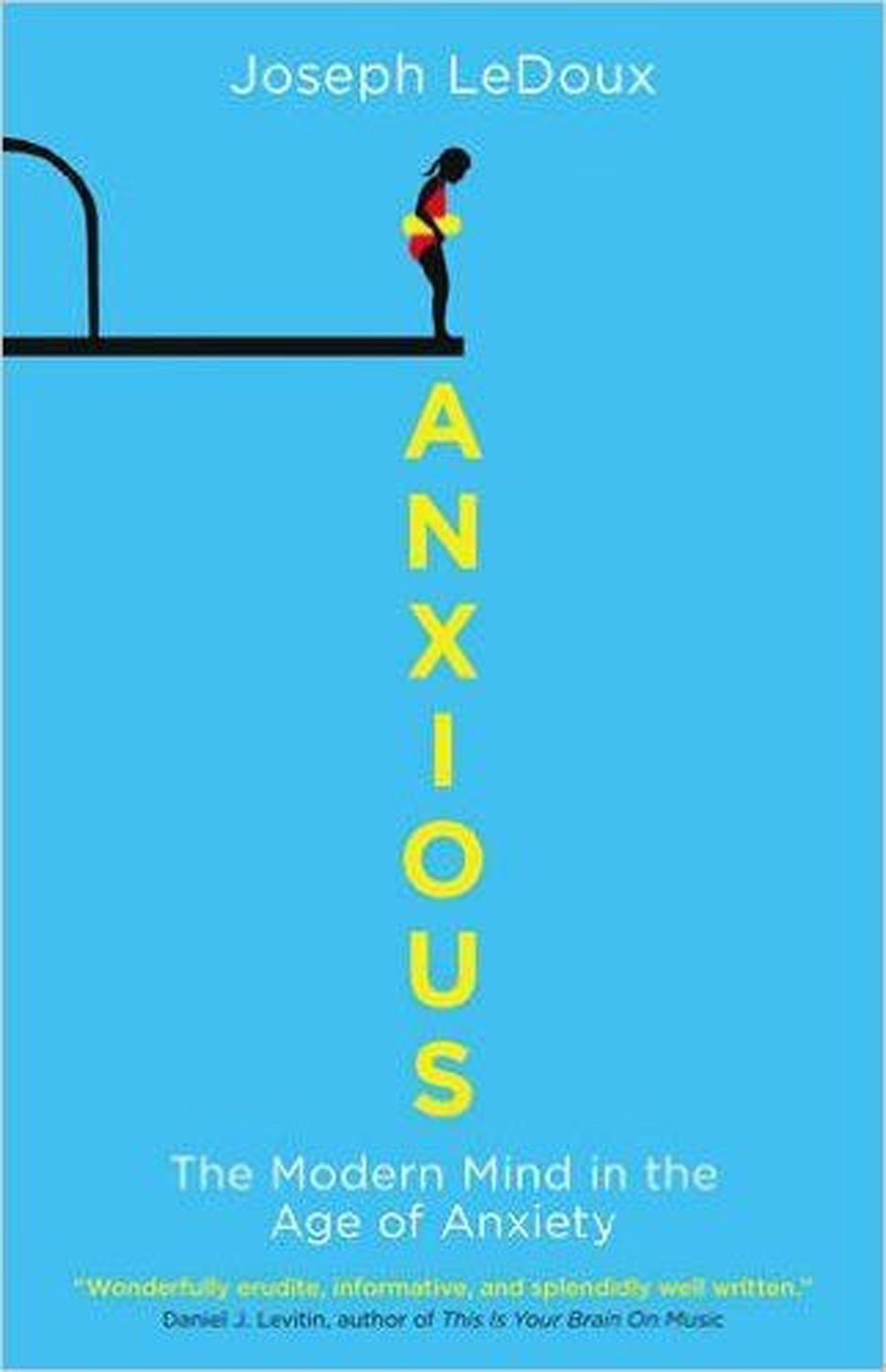Anxious: The Modern Mind in the Age of Anxiety by Joseph E LeDoux, book review
A real-life cure for the worriers of the world

If you fell for the dazzling blend of animation and neuroscience in Pixar film Inside Out (where the brain of a young girl, Riley, is imagined as a control room where cartoon characters Joy, Sadness and Fear fight over her "core memories"), this study of anxiety by renowned US neuroscientist Joseph LeDoux is timely.
Anxiety is the most prevalent psychiatric problem of our time, LeDoux argues. Decades of research have gone into probing its mysteries and developing treatments (exposure therapy, drugs, talking cures). But what if we've been thinking about fear and anxiety, and emotions in general, in the wrong way?
LeDoux believes fear and anxiety are not innate, pre-packaged states, simply waiting to be unleashed in the brain. Rather they are cognitively assembled (each individual's experience is different), and that has huge implications for patients with debilitating anxiety. By mapping brain circuits, LeDoux explains the origins of anxiety disorders and reveals discoveries he believes can restore sufferers to normality.
Arguably the biggest revelation is the fact that fear manifests itself in the brain both "non-consciously" (when the "survival circuits" pick up a change in atmosphere or a threat on the horizon) and "consciously" (when we notice these symptoms of fear – tight gut, tense muscles – and try to explain, through language, why we are feeling like this). Real distress occurs when the stories that we tell about these body sensations get out of hand.
People suffering panic disorders start to fear a potential event in the future and go to great lengths to avoid new situations that elicit anxiety. A natural desire to stay alive became a form of obsessive risk avoidance.
There is fascinating detail in the book on the difference between semantic memory (knowledge about a thing or situation) and episodic memories (memories in which YOU have a personal involvement, like your wedding). Episodic memory helps us use the past to create predictions about the future - just as in Inside Out, memories of the events of the day come into Riley's HQ (the hippocampus) as they happen and are stored there for a short time, then sent out to long-term storage as she sleeps.
A word of warning however, this is not a book for lay readers. It can be dense, impenetrable. The publishers have cannily given it an arresting cover (young girl perched on diving board), but this is pure science rather than popular psychology.
Subscribe to Independent Premium to bookmark this article
Want to bookmark your favourite articles and stories to read or reference later? Start your Independent Premium subscription today.

Join our commenting forum
Join thought-provoking conversations, follow other Independent readers and see their replies